
Words and images from 01/04/2018
I don’t know quite how low the temperature plummeted last night but by morning it was still minus one and the ground was frozen solid. Ice encrusted any lingering puddles and in areas as yet untouched by sunlight everything was white over. For a west coast location in April this is pretty unusual to put it mildly but as we drove down the side of Loch na Keal, things were about to get a whole lot stranger. Not only were there several sheets of ice floating out on the loch itself but where the tide had receded more ice had been left haphazardly straddling the rocky shore. As conditions slowly warmed a cacophony of creaks and splintering cracks could be heard, gravity and physics beginning to win their war for supremacy. Watching on from its mantle as Mull’s highest peak Ben More still wore a snowy cap and seems likely to continue doing so for some time yet.
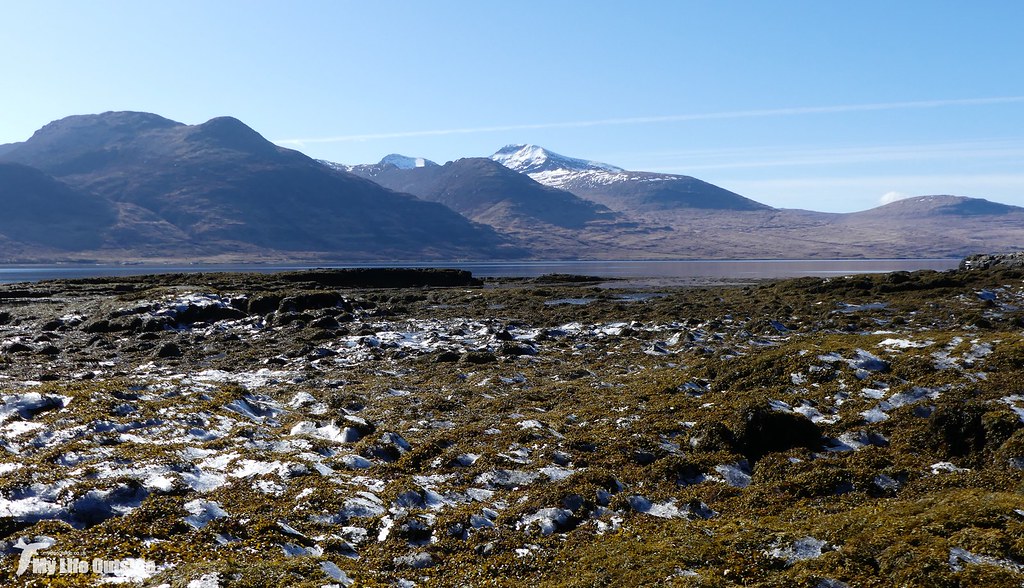
Despite these unusual occurrences Mull’s wildlife continued as only it knows how and whilst an adult White-tailed Sea Eagle basked from its perch high up in the trees a trio of Red-breasted Mergansers braved the icy waters below. At Knock we parked up and were immediately surrounded by the calls of Siskins and Redpoll, both species which we see relatively rarely. Despite offering some great views they remained lofty throughout making getting even a record shot distinctly tricky.

Admitting defeat we pushed on through a small area of forestry before arriving at Loch Ba, our walking destination for the day. The plan was for a simple out and back route along the well made track on its southern shore, about eight miles in all and a pleasant change from the boggy conditions experienced elsewhere. Or so we thought. It turns out that although peat may not lead to the driest of conditions underfoot it isn’t half as wearing on the feet as mile after mile of stone and gravel. Not that there was too much hardship felt of course when the views were as good as this.
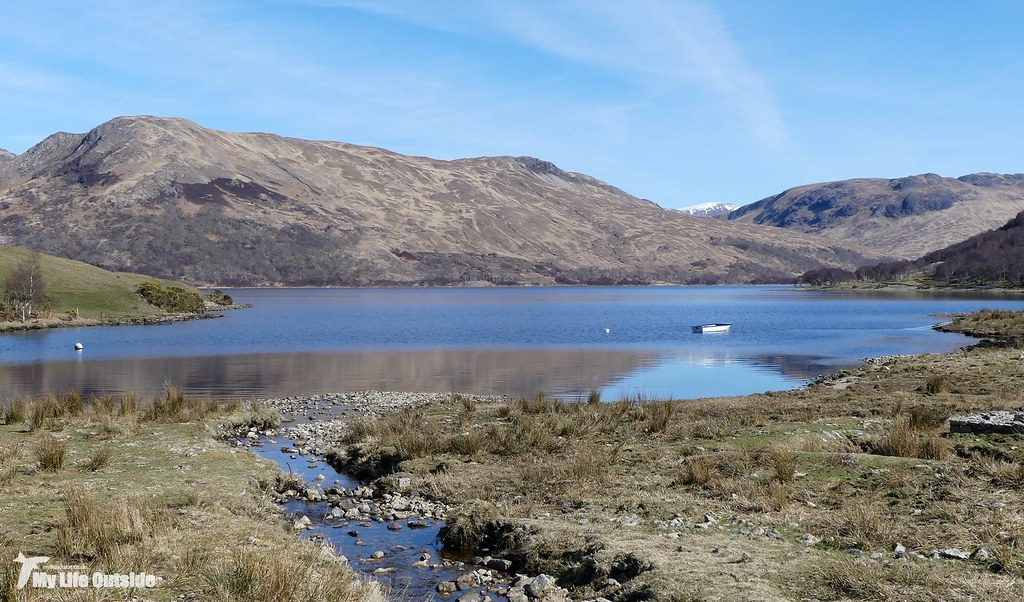


What we were really hoping for here was overwintering waterfowl which we got courtesy of three Goldeneye, around thirty Teal and a small flock of five Wigeon. A trio of Red-throated Divers were also nice to see, if a little distantly, but I had never in my wildest dreams imagined that we’d be watching summer plumaged Slavonian Grebes. What little stonkers! With predominantly black plumage set off by a pair of crazy yellow tufts behind the eyes there really was no mistaking them, and then things got even better. From one lone bird we came across a pair which set about a short courtship display. Lining up alongside each other they began to mirror their movements perfectly, heads switching back and forth crisply before both dived beneath the surface in perfect synchronisation. I preyed that they’d continue and I could film a little of their encounter but alas it was not to be. Even so these distant record shots should go some way to showing off their fantastic plumage.
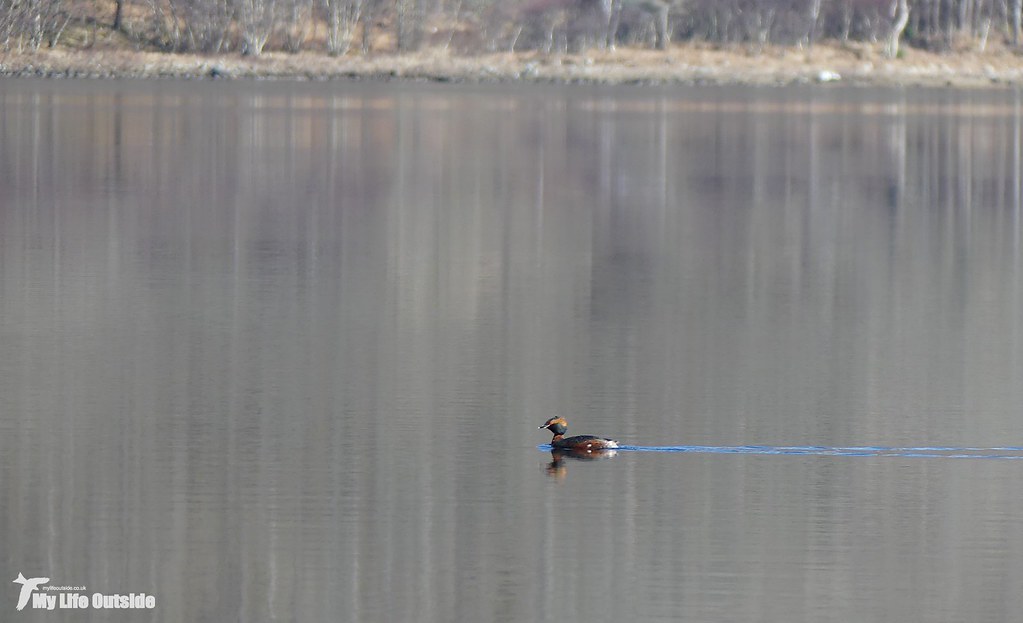
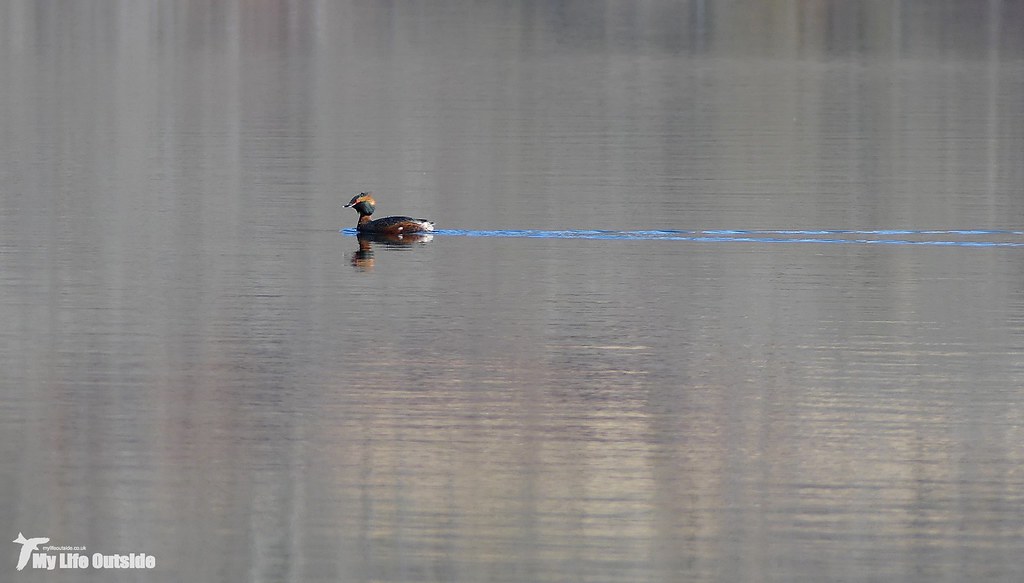
Against that kind of competition even the four Golden Eagles soaring high overhead had to play second fiddle.
The marshy ground around Rubha Gainmhich held good numbers of Curlew, Skylark and Lapwing, the latter in full on Nintendo* mode and hopefully looking to breed. A couple of Common Snipe did their usual trick of almost giving us a heart attack as they erupted from our feet unannounced and no matter how hard I tried I couldn’t turn any of the Meadow Pipits into an early Tree Pipit. In fact we couldn’t find any spring migrants whatsoever as the Wheatear drought continues.
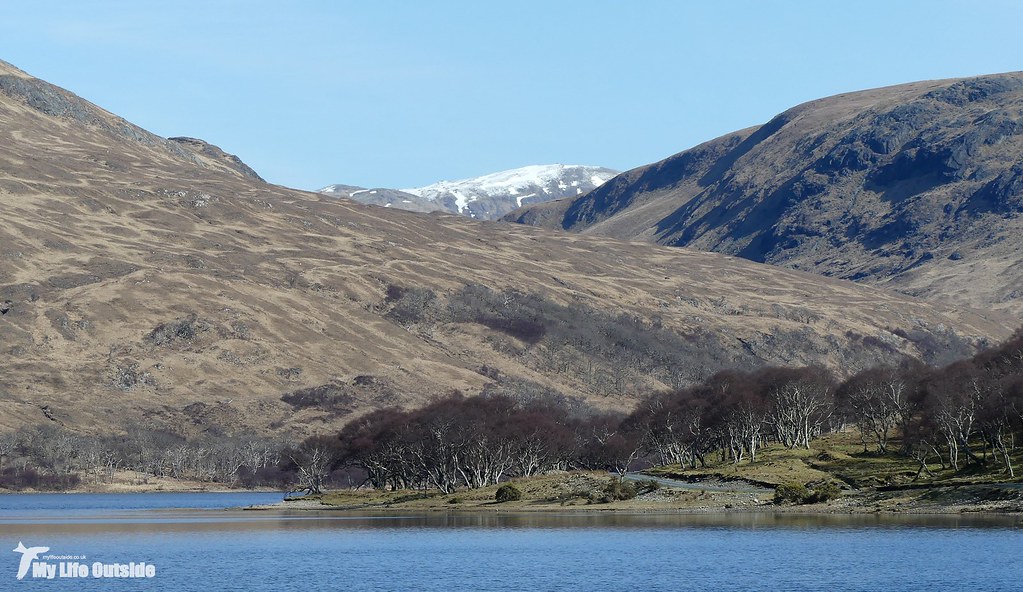
Our surroundings remained impressive throughout and it’s clear that there’s many potential routes here for future visits including an alternative ascent of Ben More.
Retracing our steps mid-afternoon it was actually warm enough to remove my coat for the first time this week, a strange feeling given that we have snow in our forecast for tomorrow. Even stranger was the sight of a Carrion Crow in front of Benmore Lodge, well outside its normal range as up here Hoodies are king.

We finished off with a tour alongside Loch na Keal picking up Great Northern Divers pretty much everywhere we looked. Recent reports have put the evening roost here at somewhere near sixty birds so there’s certainly no shortage of them about. Contrary to my earlier statement we also spotted a male Wheatear, only our second this week, but still no hirundines. Mammalian interests were taken care of by around twenty Harbour Seals hauled out on a small rocky island before it was back to the house and an evening spent trying to forget the sight of Cows giving birth. The magic of new life? A gory hell more like.
*Lapwings’ display calls sound like an old Nintendo soundtrack to me.
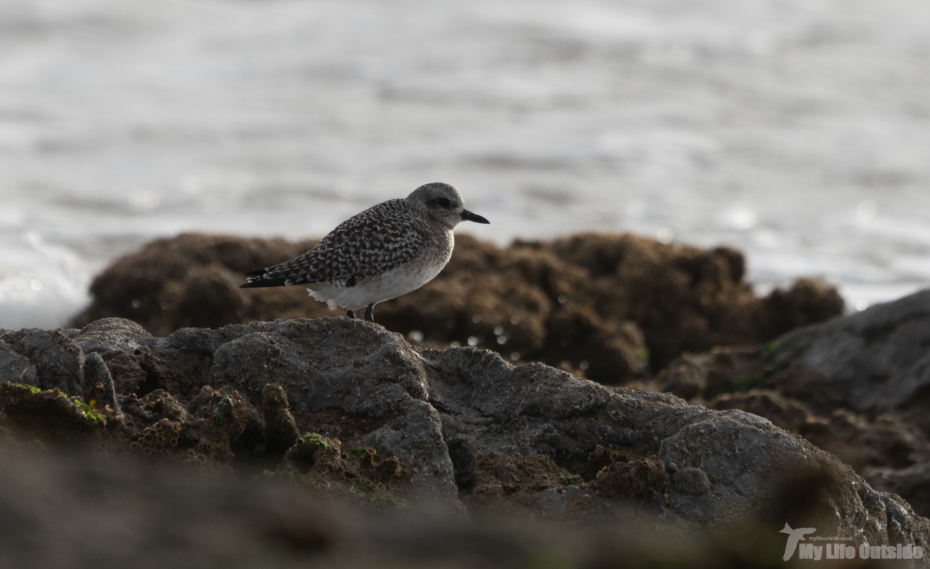
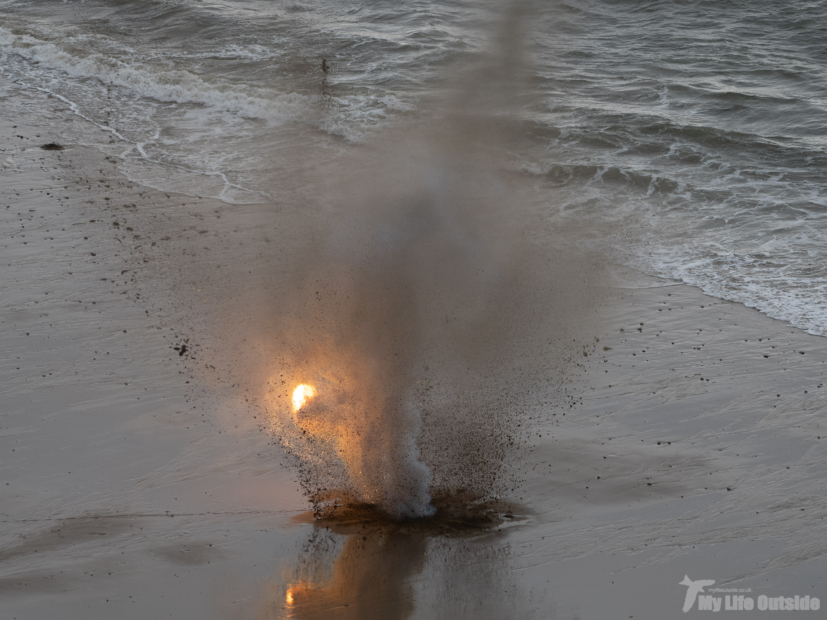
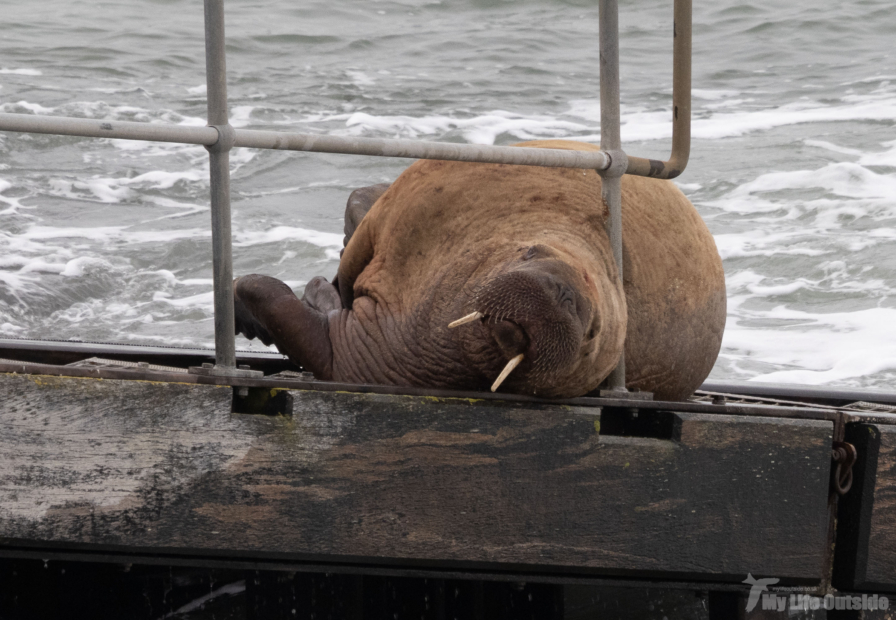
0 Comments